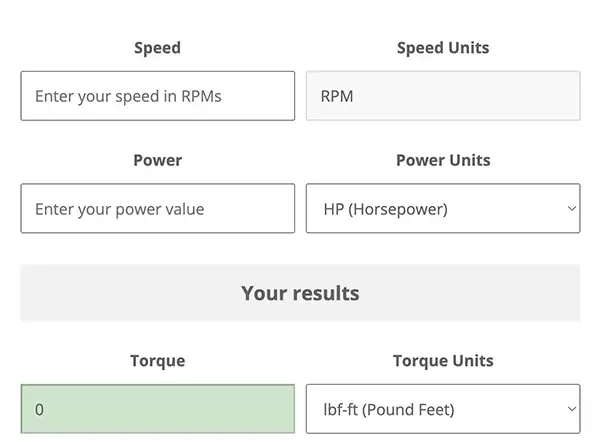Adapting Electric Motors for Hydrocarbon Refrigerants:
A Guide for Machine Design Engineers and Product Managers
The HVAC and refrigeration industries are undergoing a transformative shift as new, low-global-warming-potential (GWP) refrigerants like R290 (propane), R600a (isobutane), and R-441A become the standard. Machine design engineers and product managers must ensure their designs comply with new regulations while maintaining safety and performance. This guide focuses on key considerations for electric motors, which are critical components in systems using these refrigerants.
Understanding the Regulatory Landscape
Hydrocarbon refrigerants have emerged as replacements for HFCs due to their low GWP and ozone depletion potential. The AIM Act (2020) mandates a phasedown of HFCs in the United States, while the EPA's Technology Transitions Rule requires compliance with low-GWP refrigerants starting in 2025. These regulations aim to reduce the environmental impact of refrigeration systems and necessitate changes in equipment design, particularly regarding motor selection.
Challenges and Opportunities in Motor Design
Hydrocarbon refrigerants have emerged as replacements for HFCs due to their low GWP and ozone depletion potential. The AIM Act (2020) mandates a phasedown of HFCs in the United States, while the EPA's Technology Transitions Rule requires compliance with low-GWP refrigerants starting in 2025. These regulations aim to reduce the environmental impact of refrigeration systems and necessitate changes in equipment design, particularly regarding motor selection.
Challenges and Opportunities in Motor Design
Explosion-proof motors are designed to contain any internal ignition, preventing flames from escaping the motor housing. These motors feature robust enclosures with precisely engineered flame paths and can be used in environments with a high risk of combustible gas exposure. In some cases, purging the motor housing can further enhance safety by preventing the ingress of flammable gases.
Brushless DC Motors (BLDC)
BLDC motors eliminate the brushes and commutators found in traditional designs, significantly reducing the risk of sparking. These motors are not only safer but also more energy-efficient, making them ideal for refrigeration applications. BLDC motors can be customized with explosion-proof designs to meet specific environmental requirements, and their electronic commutation enhances both performance and reliability.
AC Induction Motors
AC induction motors, particularly those equipped with non-sparking run switches, offer another viable solution for systems using hydrocarbon refrigerants. These motors operate without the brushes and commutators found in traditional designs, thereby minimizing sparking risks. Non-sparking run switches further enhance safety by preventing arcs during start-up and operation. AC induction motors are also known for their durability, reliability, and cost-effectiveness, making them a practical choice for a variety of refrigeration applications.
Motor Efficiency and Load Matching
Efficiency is a critical factor in motor selection for systems using hydrocarbon refrigerants. These systems often operate at different pressures and flow rates compared to traditional refrigerants, necessitating careful motor design. Efficient motors not only reduce energy consumption but also ensure compatibility with the operating conditions of compressors and other system components. Ensuring proper load matching and thermal management is essential to maintain performance and prevent overheating. Moreover, selecting motors that meet high-efficiency standards, such as IE3 or IE4, aligns with energy regulations and reduces operational costs.
Material Compatibility and Thermal Management
Hydrocarbon refrigerants require motors with materials and lubricants that resist degradation from hydrocarbon exposure. Ensuring thermal stability is equally important, as these refrigerants may alter operating conditions and require enhanced heat dissipation mechanisms. System designers must select motors that can handle these demands without compromising efficiency.
Compliance and Certification
Motors used with hydrocarbon refrigerants must meet stringent safety and performance standards. Certifications from organizations such as UL, CSA, and ATEX ensure that motors are suitable for hazardous environments. Manufacturers must also conduct thorough testing to validate motor performance under real-world conditions.
Moving Forward with Confidence
Transitioning to hydrocarbon refrigerants presents challenges, but it also offers opportunities to improve system efficiency and environmental impact. By prioritizing motor safety, efficiency, and compliance, machine design engineers and product managers can create systems that meet regulatory requirements and exceed performance expectations. Partnering with experienced motor specialists can simplify the transition and help navigate the complexities of adopting non-sparking motor designs.
With careful planning and attention to detail, the shift to hydrocarbon refrigerants can drive innovation and sustainability in HVAC and refrigeration systems.
 Request a Quote
Request a Quote
